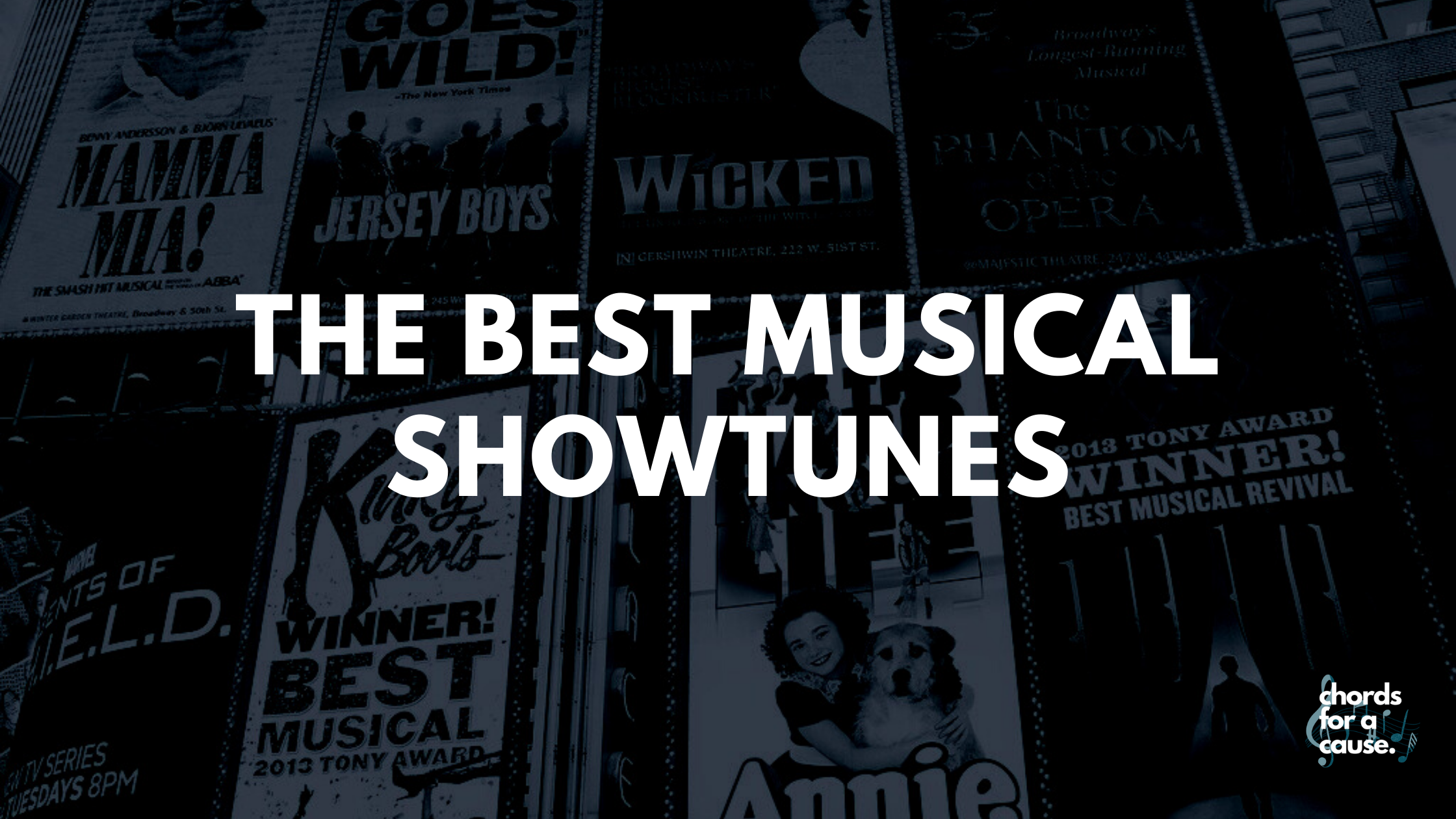Opinion: These Are The Best Musical Showtunes


Ever since the first musical was released, musical theatre has become a staple of artistic performance, combining music, acting, dancing, and drama. Of the hundreds of award-winning musicals, these two showtunes are the best out there. Here’s why.
The Room Where It Happens from Hamilton
First, and my personal favorite, is The Room Where It Happens from Lin-Manuel Miranda’s hit musical Hamilton: An American Musical. This fairly new Broadway musical has taken the world by storm since its debut in 2015. The sung-and-rapped through work depicts the life and death of Alexander Hamilton, a Founding Father of the United States and first Secretary of the Treasury.
This song describes the Compromise of 1790 from the perspective of Aaron Burr, Hamilton’s former friend and now political rival. It starts off with a sung conversation between Hamilton and Burr about General Mercer, who recently had a street named after him. Both Hamilton and Burr are obsessed with their legacies, and this intro foreshadows their need to be remembered. Burr goes on to bring up Hamilton’s debt plan, reminding the audience of Hamilton’s role as Secretary of the Treasury.
Following the American Revolution, the young United States of America needed to reassess its debts, and Hamilton was placed in charge of this. His plan was composed of placing the capital city of their new nation on the Potomac River, placing it in the South, the home region of Thomas Jefferson and James Madison, two staunch opposers to Hamilton, in exchange for their support of his new financial plan. “Two Virginians and an immigrant walk into a room, diametrically opposed, foes,” starts Burr, “They emerge with a compromise, having opened doors that were previously closed, bros.” He continues, “The immigrant emerges with unprecedented financial power, a system he can shape however he wants. The Virginians emerge with the nation’s capital, and here’s the pièce de résistance.”
Burr then begins his tagline of the song, “No one else was in the room where it happened.” The song then bounces back and forth between Burr and the dinner taking place behind closed doors, while Burr exclaims how he wants to be in the room where it happens. At the dinner, the three men come to an agreement and allow for Hamilton’s plan to play out. Burr and the Ensemble close out the song in a wonderful finale of Burr’s “rant,” This song illustrates Burr’s thirst for power, intending to receive it by being in the room where it happens. This work is beautifully written, both in lyric and composition, and the fortes at the end of the song accentuate the urgency of Burr’s request to be where all the important government business takes place.
Hellfire from The Hunchback of Notre Dame
The second song on this list is Hellfire from Disney’s 1996 animated film The Hunchback of Notre Dame. The movie, based on Victor Hugo’s novel of the same name, follows Quasimodo, the deformed bell-ringer of the Notre Dame cathedral in Paris, and his struggle to fit in with the rest of the populace. This song is sung by the film’s main antagonist, Judge Claude Frollo, Quasimodo’s self-centered and ruthless adoptive father. It highlights his internal struggle between his lust for the gypsy girl Esmeralda and his apparent righteousness as a religious man.
A church choir begins the song chanting the Confiteor, a prayer of confession used in the Catholic Church. “Confiteor Deo Omnipotenti {I confess to God almighty} Beatae Mariae semper Virgini {To blessed Mary ever Virgin} Beato Michaeli archangelo {To the blessed archangel Michael} Sanctis apostolis omnibus sanctis {To the holy apostles, to all the saints}.” Frollo begins singing, praying to Beata Maria, Blessed Mary, about his righteousness and superiority over the “common, vulgar, weak, licentious crowd.” He then begins on his lust for Esmeralda and how “her smoldering eyes still scorch my soul.” The chorus of the song begins focused around the word hellfire.
Following the first chorus, Frollo’s subconscious thoughts become personified as large hooded figures. They chant the Confiteor, “Mea culpa {Through my fault}, Mea culpa {Through my fault}, Mea maxima culpa {Through my most grievous fault.}” While they chant, Frollo tries to defend his lust for Esmeralda, saying how he is not to blame since “In God’s plan, He made the devil so much stronger than a man.” He is interrupted by a French soldier who tells him that Esmeralda has escaped the cathedral. Following his doctrine of superiority, he quickly dismisses the guard, saying to himself how he would “...burn down all of Paris” to find her. He sings the chorus one last time before the choir in the background begins chanting the Kyrie Eleison, a prayer for mercy asking the Lord for mercy.
This song is a very well-made villain solo, contrasting the song before it, Heaven’s Light, where Quasimodo expresses his desire for Esmeralda to love him. The dark themes of both this song and Frollo make this man stand out from other Disney villains.

